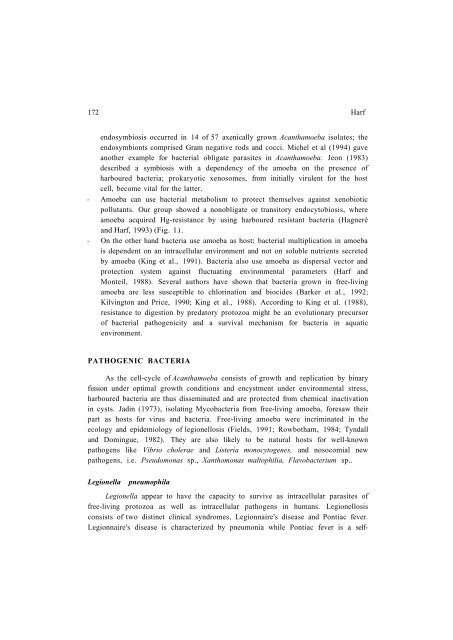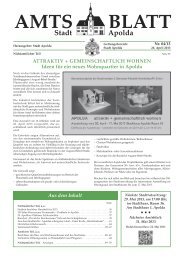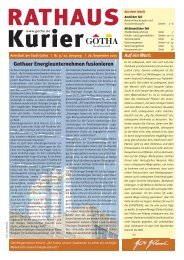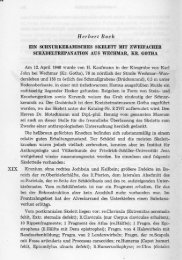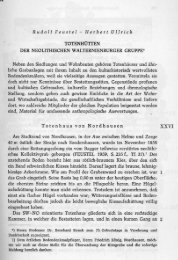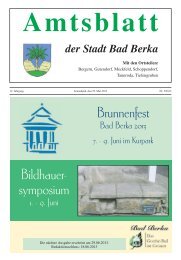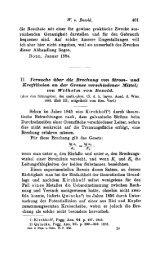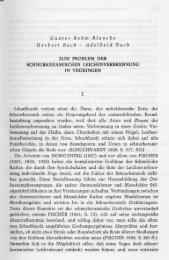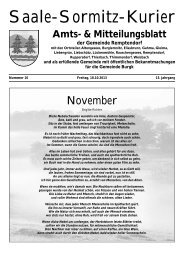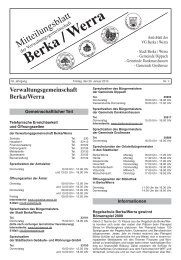FREE-LIVING AMOEBA: INTERACTIONS WITH ENVIRONMENTAL ...
FREE-LIVING AMOEBA: INTERACTIONS WITH ENVIRONMENTAL ...
FREE-LIVING AMOEBA: INTERACTIONS WITH ENVIRONMENTAL ...
You also want an ePaper? Increase the reach of your titles
YUMPU automatically turns print PDFs into web optimized ePapers that Google loves.
172 Harfendosymbiosis occurred in 14 of 57 axenically grown Acanthamoeba isolates; theendosymbionts comprised Gram negative rods and cocci. Michel et al (1994) gaveanother example for bacterial obligate parasites in Acanthamoeba. Jeon (1983)described a symbiosis with a dependency of the amoeba on the presence ofharboured bacteria; prokaryotic xenosomes, from initially virulent for the hostcell, become vital for the latter.Amoeba can use bacterial metabolism to protect themselves against xenobioticpollutants. Our group showed a nonobligate or transitory endocytobiosis, whereamoeba acquired Hg-resistance by using harboured resistant bacteria (Hagneréand Harf, 1993) (Fig. 1).On the other hand bacteria use amoeba as host; bacterial multiplication in amoebais dependent on an intracellular environment and not on soluble nutrients secretedby amoeba (King et al., 1991). Bacteria also use amoeba as dispersal vector andprotection system against fluctuating environmental parameters (Harf andMonteil, 1988). Several authors have shown that bacteria grown in free-livingamoeba are less susceptible to chlorination and biocides (Barker et al., 1992;Kilvington and Price, 1990; King et al., 1988). According to King et al. (1988),resistance to digestion by predatory protozoa might be an evolutionary precursorof bacterial pathogenicity and a survival mechanism for bacteria in aquaticenvironment.PATHOGENIC BACTERIAAs the cell-cycle of Acanthamoeba consists of growth and replication by binaryfission under optimal growth conditions and encystment under environmental stress,harboured bacteria are thus disseminated and are protected from chemical inactivationin cysts. Jadin (1973), isolating Mycobacteria from free-living amoeba, foresaw theirpart as hosts for virus and bacteria. Free-living amoeba were incriminated in theecology and epidemiology of legionellosis (Fields, 1991; Rowbotham, 1984; Tyndalland Domingue, 1982). They are also likely to be natural hosts for well-knownpathogens like Vibrio cholerae and Listeria monocytogenes, and nosocomial newpathogens, i.e. Pseudomonas sp., Xanthomonas maltophilia, Flavobacterium sp..LegionellapneumophilaLegionella appear to have the capacity to survive as intracellular parasites offree-living protozoa as well as intracellular pathogens in humans. Legionellosisconsists of two distinct clinical syndromes, Legionnaire's disease and Pontiac fever.Legionnaire's disease is characterized by pneumonia while Pontiac fever is a self-


